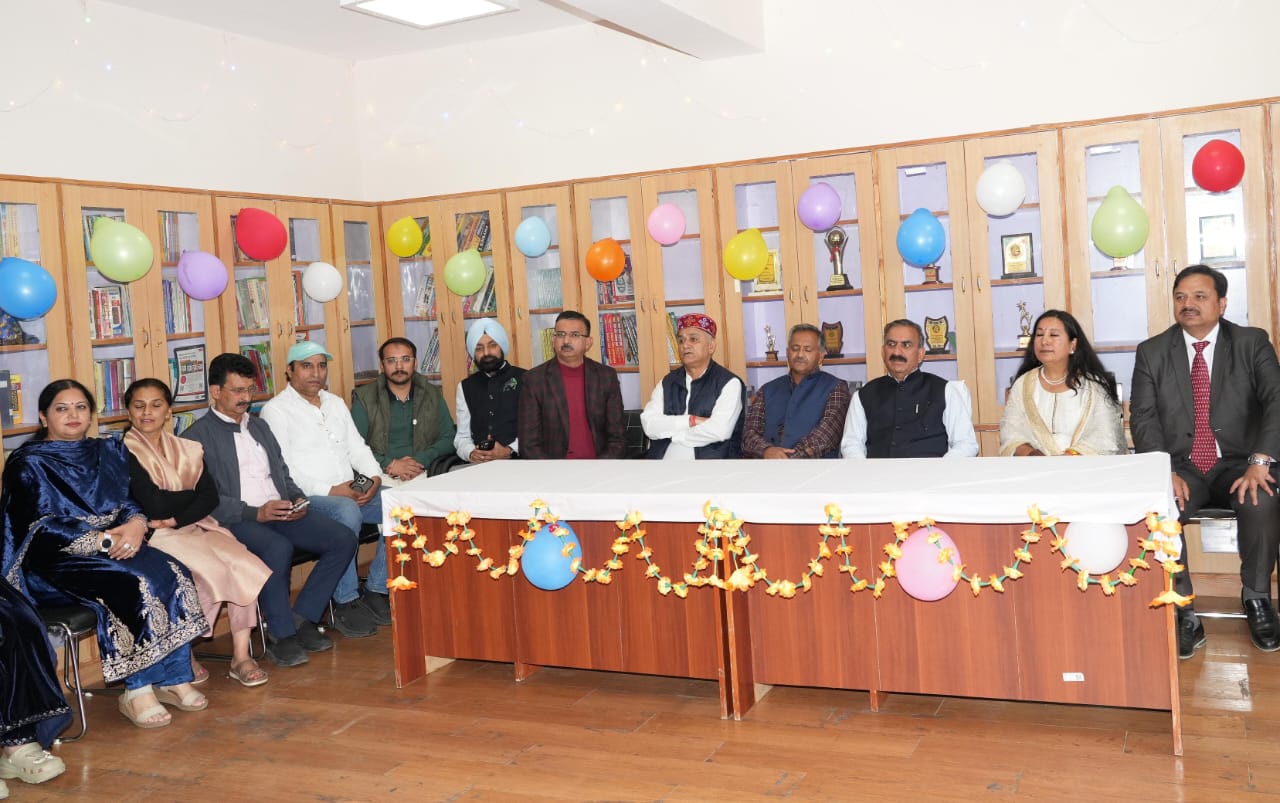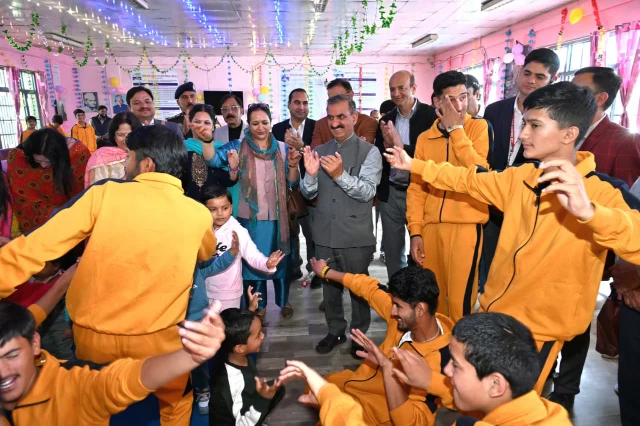Tug of War Between Hindi and English: Balanced Perspective
2 min read
By Anupama Sharma, Lecturer in English, Govt SSS Hamirpur
June 25 : Language is one of the most powerful tools of human expression — a medium that bridges minds, hearts, and cultures. Over time, however, language in India has evolved not just as a means of communication, but also as a symbol of patriotism and national identity. With its remarkable linguistic diversity, India recognizes 22 official languages under the 8th Schedule of the Constitution, in addition to 121 other spoken languages.
Hindi, often referred to as the mother tongue of India, coexists with English, which holds the status of an “associate official language.” English entered India during the 17th century with the British East India Company and gained formal ground in 1835 under the English Education Act, spearheaded by Lord William Bentinck and guided by Lord Macaulay’s famous “Minute on Indian Education.”
Today, English is more than just a colonial legacy — it is a global lingua franca. In India, it bridges the communication gap among diverse linguistic groups and is vital in global commerce, education, research, and diplomacy. With nearly 228 million English speakers, comprising approximately 15.76% of the population, English offers a clear pathway to international job opportunities and academic excellence, especially as the primary language in 67 countries and 27 non-sovereign entities.
That said, this does not undermine the relevance of Hindi. As a symbol of cultural unity and national integration, Hindi holds immense emotional and traditional value. Government efforts — such as the Ministry of Home Affairs’ directive to promote Hindi in official institutions — reflect its importance. At the same time, the rising establishment of English language labs across the country highlights English’s indispensable role in modern India.
The current debate over prioritizing Hindi or English is a needless tug of war. There should be no disdain for one language at the cost of the other. Both Hindi and English have distinct roles to play in India’s multilingual framework — Hindi as the heartbeat of cultural identity, and English as a gateway to global growth.






